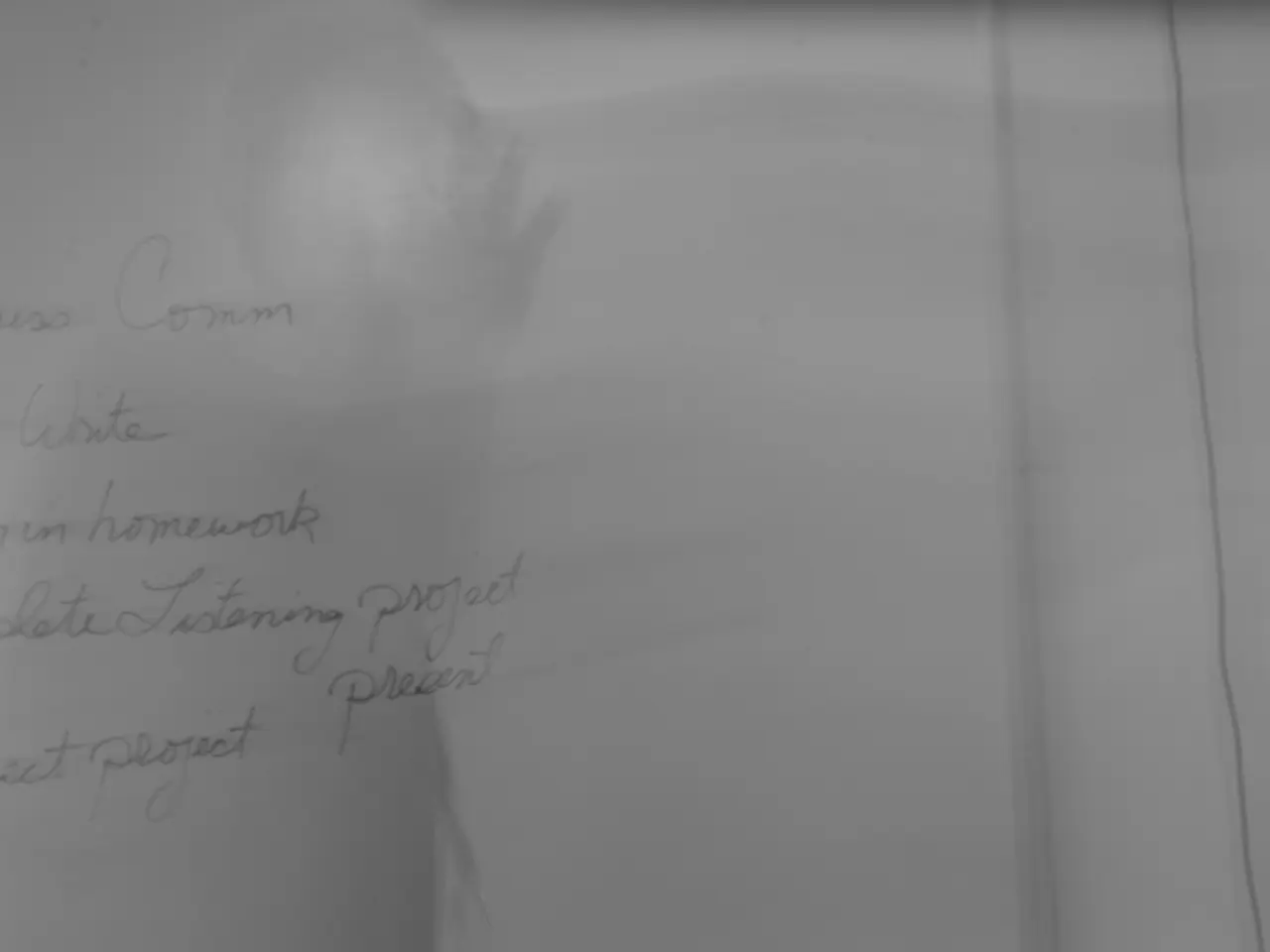Instructions for Composing Literature Reviews
In the world of academic research, a literature review is an essential step in any study. It involves synthesizing and analysing existing knowledge on a specific topic to provide a comprehensive understanding of the subject matter. This article will explore various literature review formats, their purposes, and their applications in different disciplines.
Systematic Review
A Systematic Review is a rigorous, comprehensive synthesis of quantitative evidence following explicit, reproducible methods to answer a specific research question. It aims to evaluate all high-quality studies on a topic and is common in health sciences, social sciences, and STEM fields for informing policy or practice (1, 2).
Semi-Systematic (or Narrative) Review
A Semi-Systematic (or Narrative) Review provides an overview of a research area, identifying themes, gaps, or developing theoretical models, with less exhaustive search methods than systematic reviews. It can be qualitative or quantitative and is used broadly across disciplines (1).
Integrative Review
An Integrative Review synthesizes both empirical and theoretical literature to develop new frameworks or perspectives, often combining insights across fields. It uses a less systematic approach and is common in social sciences and humanities where conceptual development is emphasized (1, 3, 5).
Argumentative Review
An Argumentative Review selectively examines literature to support or refute a particular argument or philosophical position, often used in value-laden social sciences topics such as educational reform or immigration, where establishing a contrarian viewpoint is important (3, 5).
Historical Review
A Historical Review traces the evolution of research or concepts over time to place current knowledge in historical context. It is used to show the development of theories or phenomena within a discipline (3, 5).
Other types of literature reviews include scoping reviews (to map broad literature areas), meta-analyses (statistical synthesis of quantitative data), and mapping reviews, each with specific uses depending on the comprehensiveness and focus desired (2, 4).
Choosing the Right Format
The choice of literature review format depends on the research question, discipline, and the purpose of the review (e.g., comprehensive synthesis versus theoretical development) (1, 3, 5). For instance, systematic reviews are prevalent in health and STEM fields for evidence synthesis, while integrative and argumentative reviews are favored in social sciences and humanities for theory and debate development. Historical reviews provide context across disciplines.
Formatting Your Literature Review
When formatting a literature review, categorize by themes, chronology, or methodology to fit your topic and research question. Each format has specific guidelines for structuring and citing sources.
In APA format, list the sources alphabetically by the last name of the first author and use a hanging indent in the References section. In MLA format, do the same in the Works Cited section. When citing sources in APA, use (Author, Year), while in MLA, use parenthetical citations: (Author, Page Number).
In both APA and MLA formats, use headings and subheadings to organize the content in the main body.
Remember to edit and proofread your literature review for clarity and coherence. Seek feedback from peers, mentors, or instructors before finalizing your review.
Conclusion
Understanding the various literature review formats is crucial for researchers. Each format has its strengths and weaknesses, and choosing the right one for your research question and discipline can significantly impact the quality and success of your study.
References
- Tran, F. (2014). Conducting a literature review: From start to finish. Sage Publications.
- Kitchenham, B., & Charters, A. (2007). A guide to conducting systematic reviews in software engineering. IEEE Computer Society Press.
- Booth, W. C., Colomb, G. G., & Williams, J. M. (2008). The craft of research. University of Chicago Press.
- Levac, D., Ciliska, A., & Coughlin, S. (2010). Conducting a scoping study: A practical guide. John Wiley & Sons.
- Braun, V., & Clarke, V. (2006). Using thematic analysis in psychology. Sage Publications.
Online education platforms can serve as valuable resources for learning about various literature review formats, as they often provide tutorials, videos, and sample literatures.Education and self-development, such as conducting a literature review, can greatly benefit from online learning, allowing researchers to access materials anytime, anywhere, and at their own pace.




